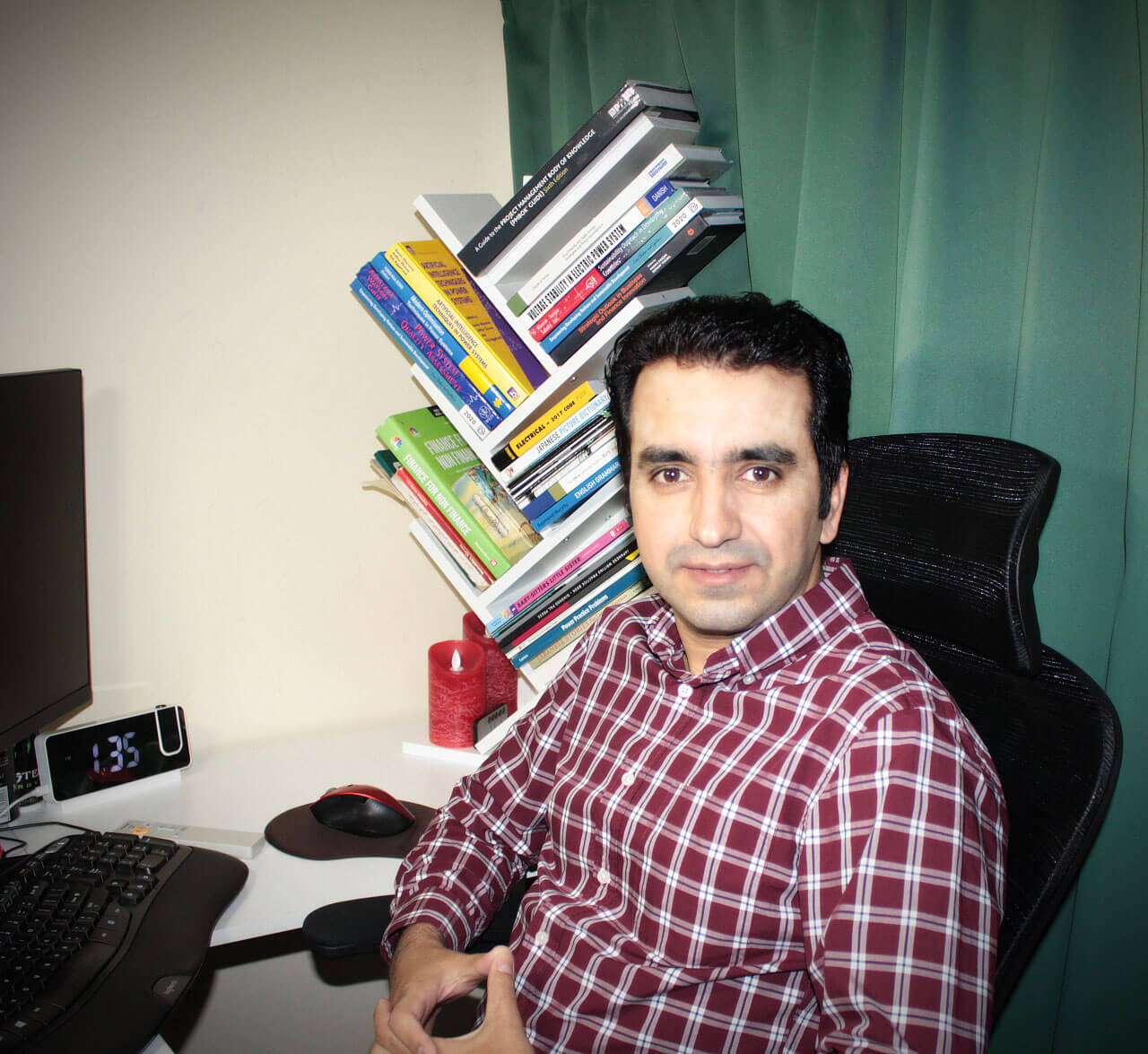Last updated on February 25th, 2024 at 11:03 pm
Thank you for joining us today. Your recent study on AI’s role in the energy sector has garnered much attention. To start, could you summarize the primary focus of your research?
Author: Certainly. Our study primarily delves into the transformative potential of Artificial Intelligence (AI) in shaping future energy systems. We explored the manifold opportunities AI brings to the energy sector, such as optimizing operations, ensuring reliability, and enhancing cybersecurity. Additionally, we touched upon the challenges and proposed coordinated strategies to address them effectively.
Interviewer: Figure 9 in your paper highlights the vital components influencing energy policy when integrated with AI. Could you expound on the significance of this?
Author: Of course. Figure 9 visually demonstrates the confluence of AI strategies and energy policy development. It’s a depiction of the synergy between technology and policymaking. Essentially, by integrating AI, policy decisions can be more data-driven, precise, and thus more effective. This fusion promises an evolution in how we approach energy policy development, making it more dynamic and responsive.
Interviewer: Fascinating. Moving on to Figure 10, it provides an overview of the energy policy development hierarchy. Why is such a hierarchy crucial for our understanding?
Author: Figure 10 offers a structured glimpse into the energy policy development process. By understanding the hierarchy and the foundational building blocks, policymakers and stakeholders can navigate the intricate landscape of energy policy more efficiently. This granular view ensures that no aspect is overlooked, leading to comprehensive and holistic energy strategies.
Interviewer: The challenges of integrating AI into the energy sector seem to be a significant portion of your paper. What do you believe is the biggest hurdle?
Author: While AI offers immense potential, its integration isn’t without challenges. One of the primary hurdles is unforeseen obstacles, which can range from technological glitches to resistance from traditional energy sectors. However, with a coordinated approach that fosters collaboration among policymakers, practitioners, and researchers, we believe these challenges can be effectively addressed.
Interviewer: Your study emphasizes energy policies at regional and national levels. How can these policies be tailored to meet specific challenges?
Author: That’s an excellent point. At regional and national levels, energy policies have the scope to be broad, aiming to incentivize energy efficiency, promote renewables, and reduce emissions. However, specific challenges, such as energy access or security, demand a more focused approach. By leveraging localized data and insights, policies can be tailored to address these unique challenges, making them more impactful.
Interviewer: Your paper also introduces a novel policy development framework. Could you briefly discuss its significance?
Author: Certainly. The introduced framework serves as a roadmap, guiding the energy sector towards efficiency, resilience, and sustainability. Given the evolving nature of AI and the energy sector, having such a structured framework is indispensable. It ensures that as we integrate AI, the shifts are strategic, coordinated, and in line with long-term sustainability goals.
Interviewer: Finally, what do you hope will be the lasting impact of your study on the energy sector and the integration of AI?
Author: My ambition is twofold: First, to underscore the transformative potential of AI in reshaping the energy landscape. And second, to provide a pragmatic roadmap to navigate the challenges of this integration. We envision a future where AI-driven energy solutions are the norm, bringing about a more sustainable, efficient, and resilient energy ecosystem.
Interviewer: Thank you for sharing your insights. We’ll be keeping an eye out for further developments in this exciting intersection of AI and energy.
Author: Thank you. We’re just scratching the surface, and there’s much more to explore and implement.
For more details, check out the full study here.

